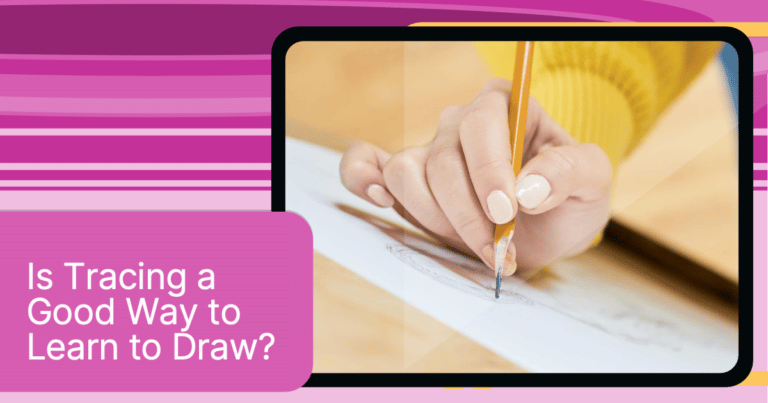Last Updated on May 7, 2023 by Dee
Is tracing a good way to learn to draw? If you’ve ever wanted to learn to draw, you’ve probably been told that tracing isn’t the way to go about it. But is tracing really cheating?
Or can it actually be a helpful tool in learning how to draw? Let’s take a closer look at the pros and cons of tracing as a learning method.
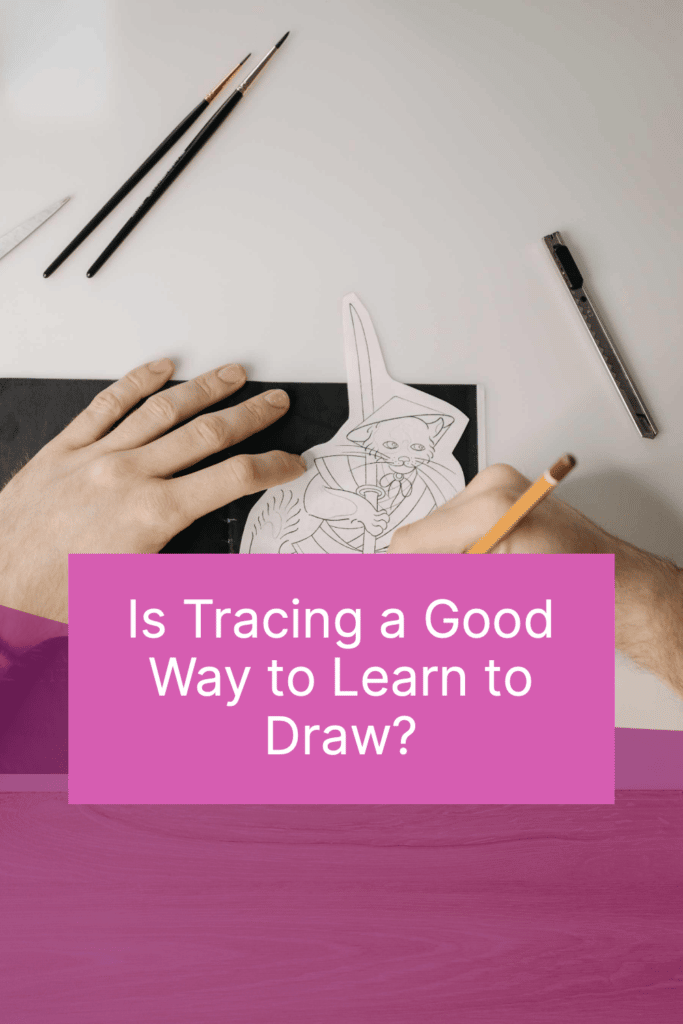
Is it OK to trace in art?
There’s no doubt that tracing plays a big role in the art world. Many artists use tracing as a way to help them plan out their compositions and get a feel for the proportions of their subject matter.
In fact, some artists even use tracing as a form of motor control training. Tracing can also be a helpful tool for beginners who are just starting to learn how to draw.
However, there is a difference between using tracing as a tool in the drawing process, and using it as a crutch.
If you’re only tracing because you’re afraid to freehand-draw, then you’re not really developing your skills as an artist.
Tracing should be used as a way to supplement your creativity, not replace it.
So if you’re thinking about tracing your next work of art, make sure you’re doing it for the right reasons.
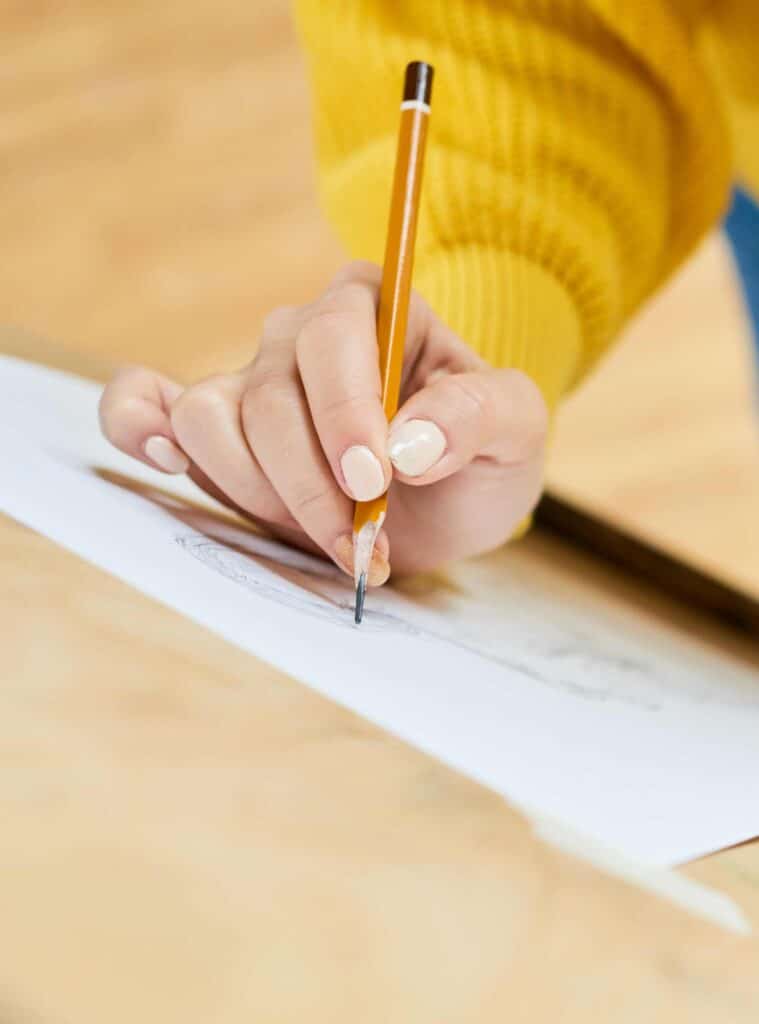
5 Solid Reasons Why Tracing is Good for Beginners
When people first start learning how to draw, they generally want to jump right in and start drawing from their imaginations.
And while that’s definitely a valuable skill to develop, it’s also important to understand the basics of form and construction before you start making things up from scratch.
That’s where tracing comes in.
Here are five reasons why tracing can be a helpful exercise for beginning artists:
1) Tracing helps you understand the basic shape of an object.
- Tracing helps you understand the basic shape of an object. When you trace an object, you’re forced to really look at its overall shape and structure.
- This can be helpful when you’re starting to draw from imagination because it can give you a better understanding of the forms you’re working with.
- By tracing the basic shape of an object, you can begin to understand its form. This is especially helpful when studying complex objects like the human body.
- By breaking down the form into basic shapes, you can more easily understand how the various parts fit together.
- Tracing can also be used to help replicate an object.
- Tracing is a helpful tool for understanding and replicating complex objects.
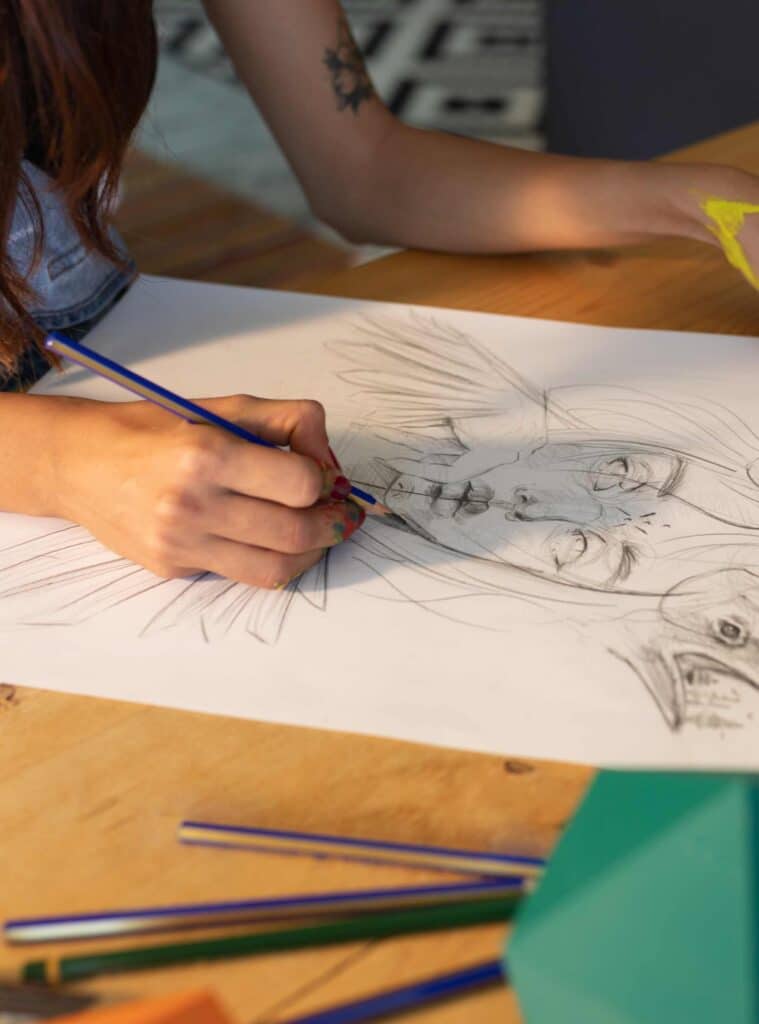
2) Tracing helps you learn how to use correct proportions in your drawings.
Any artist will tell you that one of the most important skills to master is learning how to render the correct proportion in your drawings.
This means ensuring that the various elements of your drawing are in proportion to one another.
One way to learn how to do this is by tracing images. By tracing an image, you can get a feel for how the various elements should relate to one another in terms of size and placement.
You can also experiment with different proportions, which can help you find the look that you are going for.
So, if you are struggling with getting your proportions right when drawing freehand, try tracing some images and see how it helps you to improve your artistic skills.
When you trace an object, you’ll quickly discover if your drawing is too small or too large.
This can be a helpful way of calibrating your eye so that you can better judge proportions when drawing from imagination.
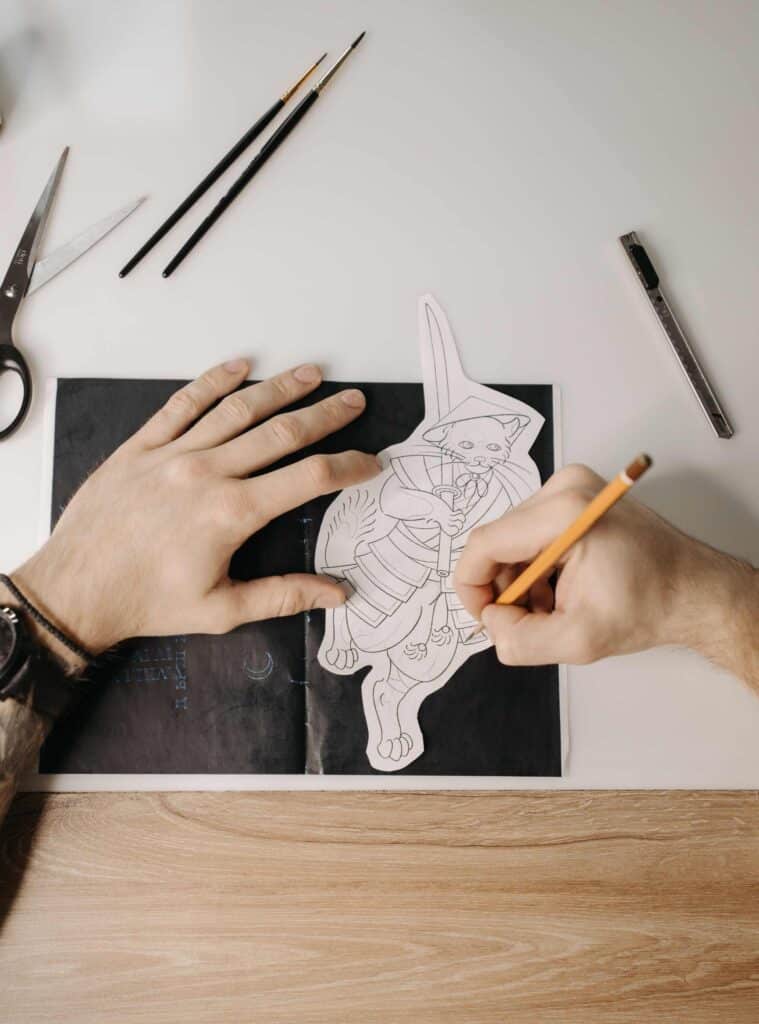
3) Tracing helps you develop a feel for negative space.
Tracing helps you develop a feel for negative space. When tracing an object, it’s important to pay attention to the spaces around and between the forms.
This will help train your eye to see negative space, which is an important element of good composition.
When you trace an image, you are effectively outline its negative space.
This means that you are forced to focus on the area around the subject, rather than the subject itself.
As a result, tracing can help you to develop a better understanding of negative space and how it relates to the rest of the image. In turn, this can improve your overall composition skills.
Not only will you be able to create more balanced and visually appealing images, but you’ll also find it easier to crop photos and select frames.
4) Tracing helps you practice patience and discipline.
Tracing helps you practice patience and discipline. Drawing is a skill that requires a lot of practice and patience to master.
You can learn to slow down by tracing objects and taking your time with your drawings.
This can be beneficial when working on more complex projects later on.
“The repetitive nature of tracing can be therapeutic, providing a sense of calm and helping to focus the mind.“
Learning to slow down and be patient is a valuable skill in an increasingly fast-paced and chaotic world.
For many people, tracing can also be a form of mindfulness, providing an opportunity to clear the mind and focus on the present moment.
The discipline required to maintain a consistent line can also be beneficial, helping to improve coordination and motor skills.
In addition, tracing can be strangely satisfying, as it allows you to create something beautiful and finished from something once empty.
Consequently, tracing is not only a helpful tool for artists and makers but also for anyone who wants to learn to slow down and appreciate the process as well as the final product.
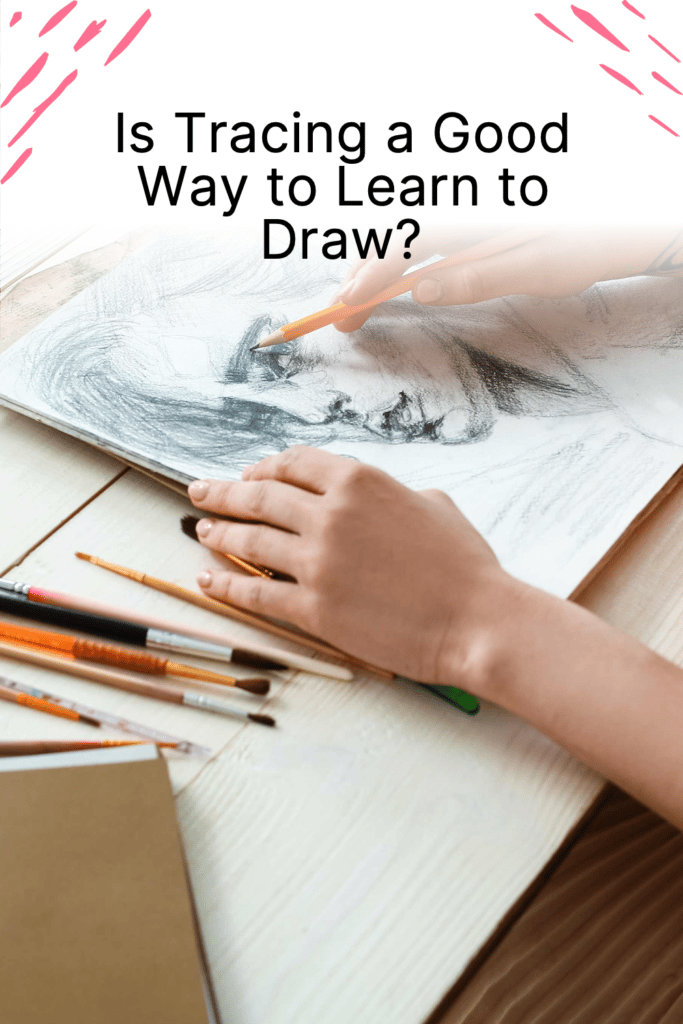
5) Tracing can help spark your creativity.
When you were little, did you ever trace your hand to make a turkey for Thanksgiving?
Or trace around a leaf to study its shape? If so, then you were already using tracing as a tool for creativity!
Tracing is often thought of as something that stints creativity, but the opposite is actually true.
When you trace an object, you are forced to really look at it closely, studying its contours and details.
This close observation process can help fire up your imagination, leading to new and innovative ideas.
Once you’ve mastered the basics of form and construction through tracing, you’ll be better equipped to start creating your own original drawings from scratch.
Why It’s Not Cheating To Trace
Tracing is not always cheating. One of the great debates among artists is whether or not it is cheating to trace.
Some people believe that tracing is a shortcut that allows you to avoid putting in the hard work required to create a good drawing.
However, tracing can also be seen as a valuable tool that can help you to improve your skills.
When done correctly, tracing basic shapes can help you to learn how to capture the essence of a subject without getting bogged down in details.
It can also help you to develop a better understanding of proportion and perspective.
In addition, tracing can be a helpful way to create an accurate sketch before starting a more detailed drawing.
So while there are some drawbacks to tracing, it can also be a useful tool for learning and improving skills for beginner artists.
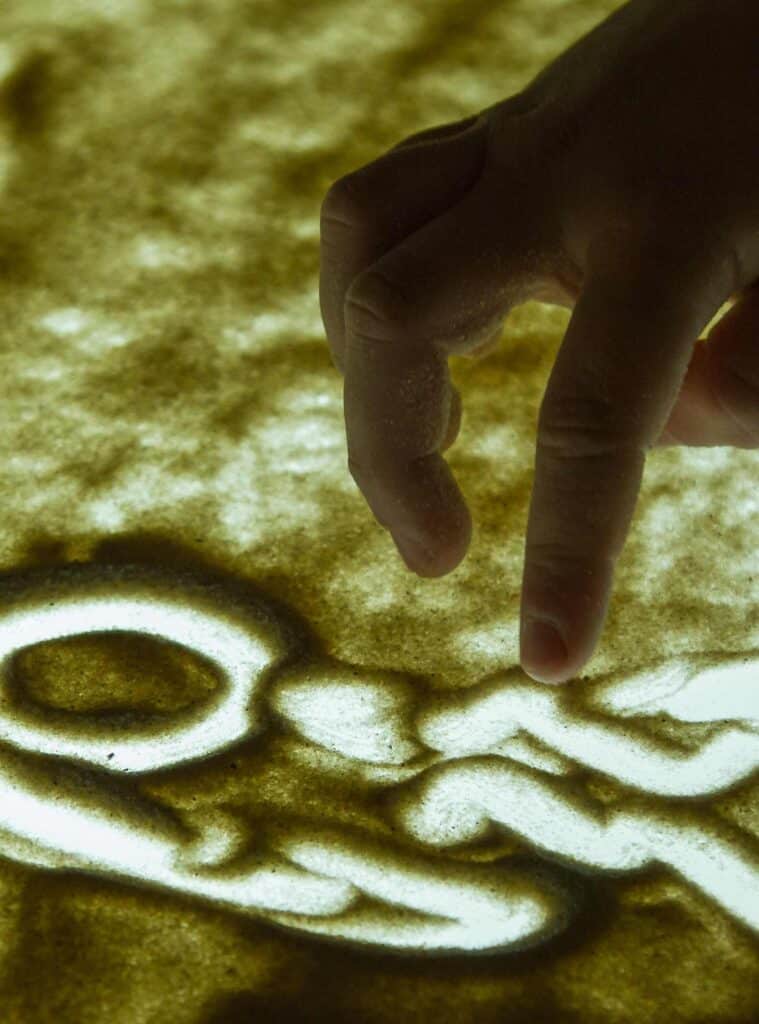
The Pitfalls of Tracing
There’s something alluring about tracing – the act of recreating someone else’s work.
Perhaps it’s the challenge of trying to replicate another artist’s style or the feeling of satisfaction that comes from seeing your own version of a beautiful piece.
But whatever the appeal, tracing comes with a number of potential pitfalls.
For starters, there’s the issue of copyright infringement. If you’re tracing someone else’s work without their permission, you could be violating their intellectual property rights.
Even if you’re not selling your traced artwork, you could still be opening yourself up to a lawsuit.
Tracing can also be detrimental to your development as an artist.
By relying on someone else’s work, you’re not allowing yourself to practice and develop your own unique style.
You might also find yourself becoming too reliant on tracing and unable to create original artwork on your own.
So, while there might be some temptation to trace the work of others, it’s important to be aware of the potential pitfalls involved.
Otherwise, you could end up damaging your career – or worse.
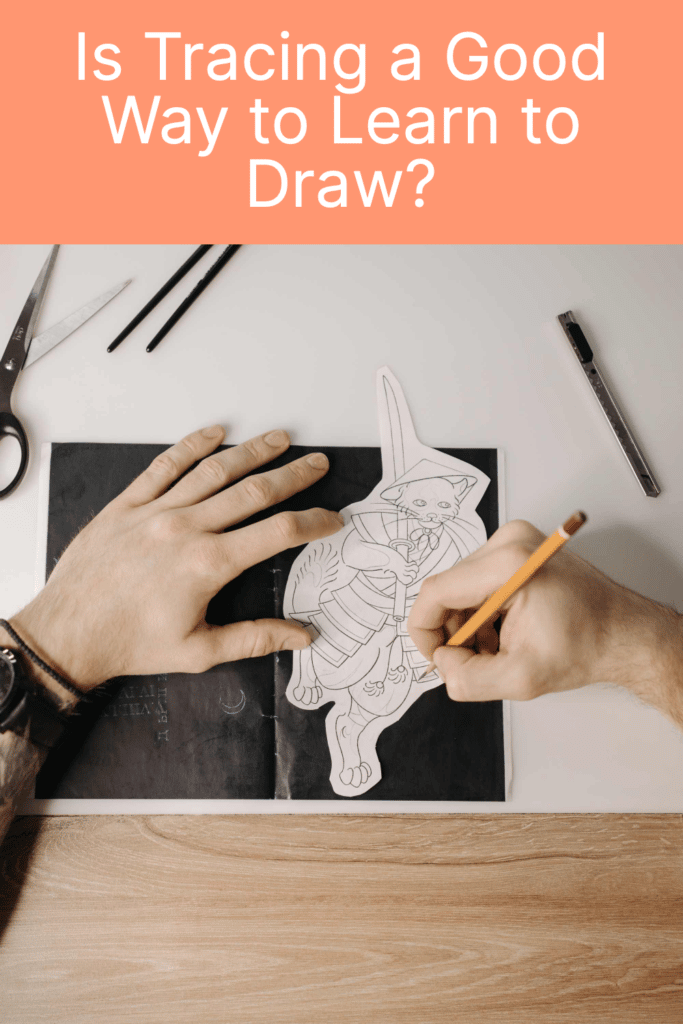
Is tracing art stealing?
Tracing has been a technique used by artists for centuries.
It is a way of learning to see and copy another artist’s work.
When done with skill and permission, it can be a beautiful tribute in an exhibition or display.
However, if it is done without permission or acknowledgment, it can be considered stealing – especially if you sell the artwork.
In the digital age, it is easier than ever to trace another artist’s work, and many people do not consider it wrong.
However, tracing another person’s work without permission and claiming it as your own is stealing, plain and simple.
The artist who created the original work deserves credit and compensation for their efforts.
If you want to use someone else’s work as inspiration for your own, ask for permission first and give credit where it is due. Otherwise, you are simply stealing their hard work.
Why Tracing can be a Crutch
Tracing can be a crutch because it can prevent artists from developing their visual ability to translate what they see into their own drawings.
When artists rely on tracing, they never have to learn how to really “see” their subject matter and understand how it translates into two dimensions.
This can make it difficult for them to move beyond simple representational drawings and become truly creative.
However, a professional artist constantly practices and develops their visual-spatial skills by drawing from life.
They learn to really “see” the world around them and understand how it can be translated onto a flat surface.
As a result, they are better able to create original, expressive artwork.
So while tracing may seem like an easy way to produce drawings, it is actually a hindrance to developing true artistic ability.
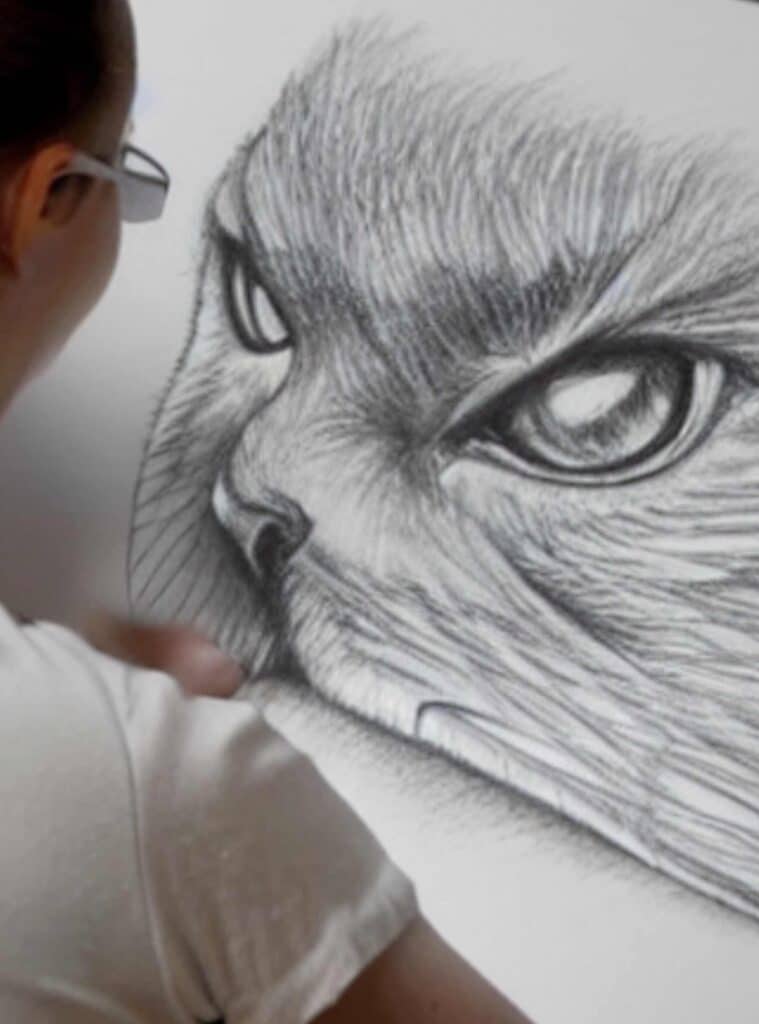
Draw from Life as Much as Possible.
As an artist, it is important to continually challenge yourself and push your boundaries.
One way to do this is to avoid falling into the trap of always tracing.
When you trace, you are simply copying someone else’s work and not developing your own visual spacial skills.
Instead, try to draw from a reference image or draw objects from life as much as possible. Draw freehand as opposed to tracing existing images.
This will force you to really look at the world around you and interpret what you see on the paper.
It may not be easy at first, but with practice, you will develop your own unique style and ways of seeing the world.
In the end, your art will be all the better for it.
Why should you trace something?
When you trace an object, you are replicating its lines and contours onto a new surface.
This can be a useful exercise for artists of all levels, as it helps to improve hand-eye coordination and sharpen your attention to detail.
Tracing can also be used to learn how to draw complex shapes and patterns.
By following the lines of an existing image, you can better understand the construction of the image as a whole.
And finally, tracing is simply a fun way to create art. Whether you’re using a pencil or a paintbrush, something is satisfying about recreating an image on paper or canvas.
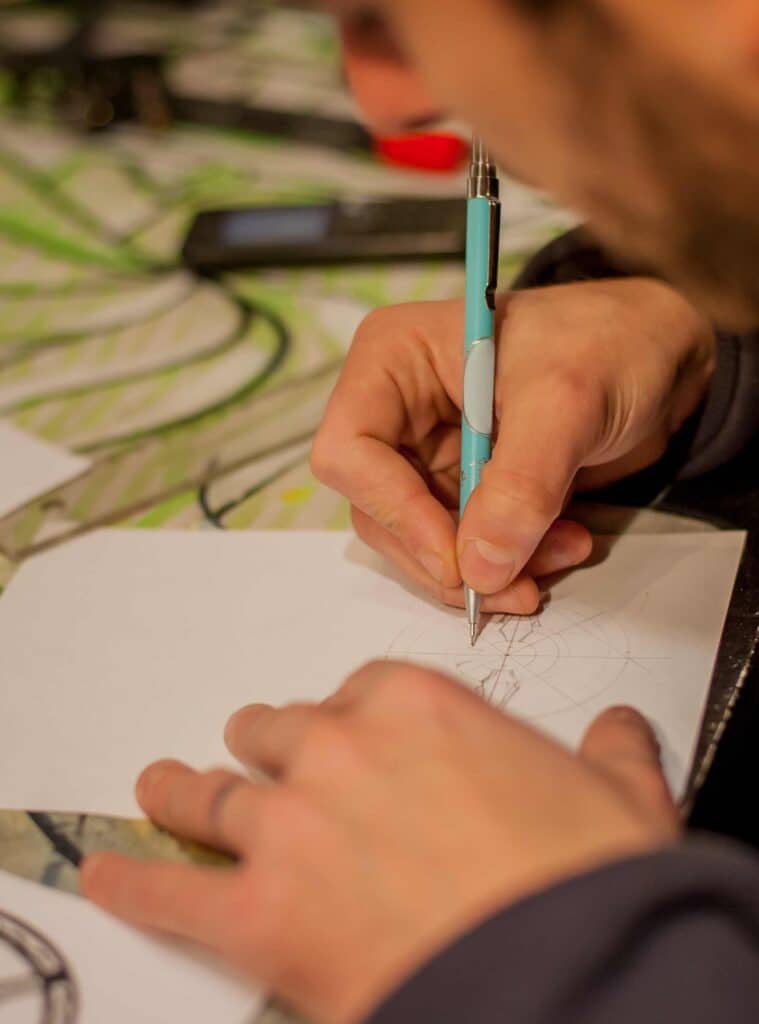
Tracing Exercise to Improve Drawing Skills
When it comes to drawing, practice makes perfect. One way to improve your skills is to trace images onto paper.
This exercise can help you to learn how to better control the pencil and produce more precise lines.
Start by finding a simple image to trace. It can be anything from a geometric shape to a photograph.
Once you have found an image, place it underneath a piece of tracing paper and secure it in place.
Use a pencil to trace the image’s outline onto the tracing paper.
As you trace, focus on making clean, smooth lines.
Once you have finished tracing, take a look at your work and compare it to the original image.
What’s the best way to trace a picture?
When it comes to tracing a picture, there are a few different methods that you can use.
One popular method is to use a light box, which will allow you to see the outline of the picture through the top piece of paper.
Another option is to tape the picture to a window and trace it from the other side.
You can also watch this video on how to trace artwork.
If you don’t have access to a light box or a window, you can also use a pencil and a piece of carbon paper.
Simply place the carbon paper underneath the paper you’re tracing, and then trace over the lines of the picture with a pencil.
The pressure from the pencil will cause the carbon paper to leave a faint outline on the top sheet of paper, which you can then use as a guide for your trace.
[Related article: How To Trace On Procreate in 11 Easy Steps]
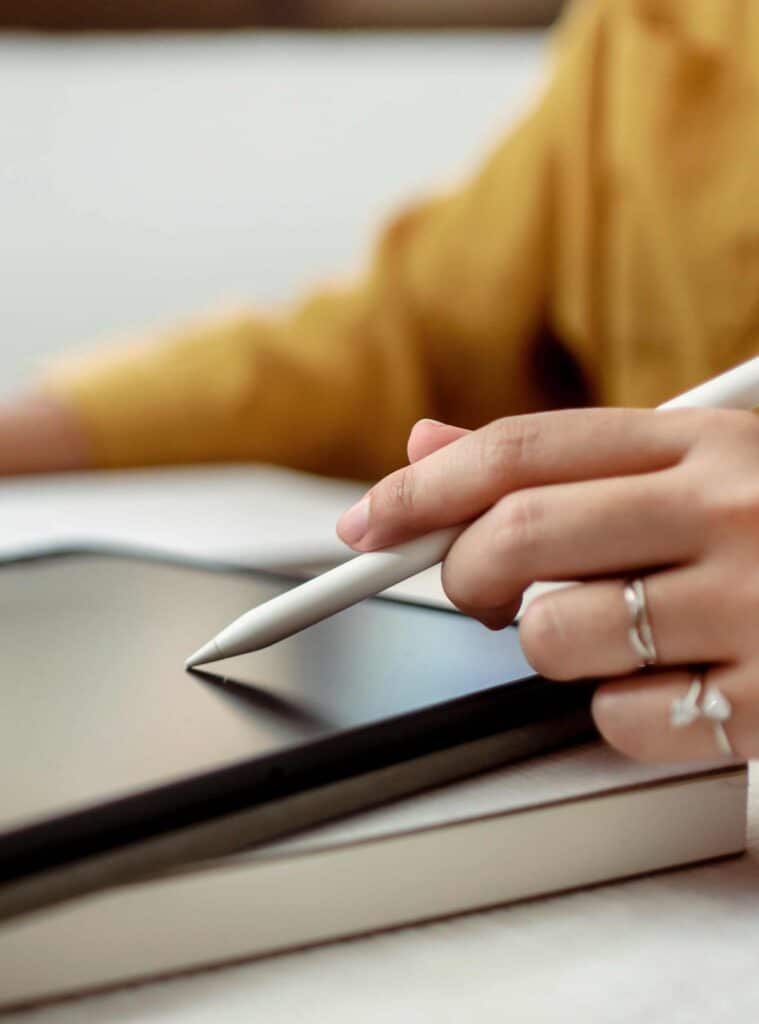
Do professional artists use Tracing Technique?
Many aspiring artists believe that professional artists never use the tracing technique, thinking that it somehow cheapens the work.
However, this could not be further from the truth. In fact, many, if not most professional artists use tracing as a way to create more accurate and lifelike drawings.
This is especially common when working with complex subjects, such as human figures or animals.
By tracing an image onto paper or canvas, the artist can take their time to get the proportions and details just right.
As a result, tracing can be an invaluable tool for any artist who wants to create realistic and detailed artwork.
Tracing and Freestyle Drawing Comparison
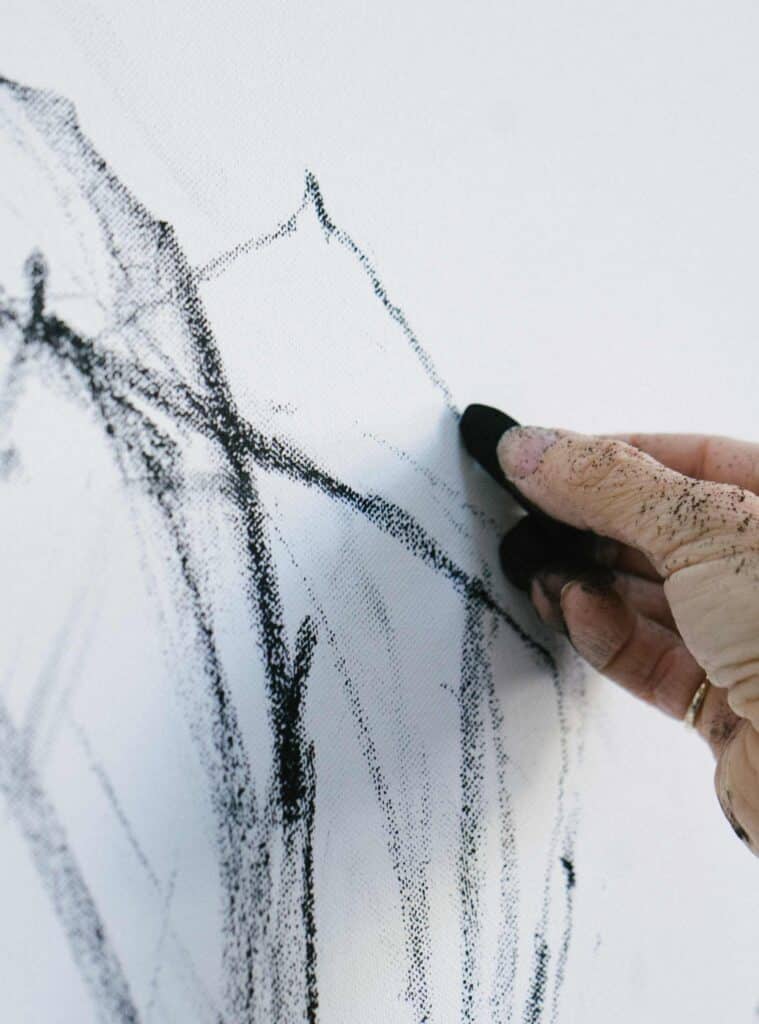
There are many different ways to approach drawing, and two of the most popular methods are tracing and freestyle drawing.
Tracing is a great way to achieve accuracy and precision, particularly when it comes to replicating complex images.
On the other hand, Freestyle drawing allows for greater creativity and freedom of expression.
Both methods have their own advantages and disadvantages, and the best approach for a given project will vary depending on the artist’s goals and preferences.
Tracing is often seen as the more technical of the two methods, and it can be extremely helpful for beginners who are still mastering the basics of drawing.
It can also be a useful tool for more experienced artists who are looking to create highly detailed or realistic illustrations.
However, trace drawings can sometimes lack originality, and they can be time-consuming to produce.
Freestyle drawing, on the other hand, is all about letting your creativity flow.
This method is often quicker and more intuitive than tracing and can lead to truly unique results.
However, it can be harder to achieve precision with freestyle drawings, and they may require more practice to get right.
Ultimately, both tracing and freestyle drawing have their own strengths and weaknesses.
The best approach for a given project will depend on the artist’s goals, skillset, and personal preferences.
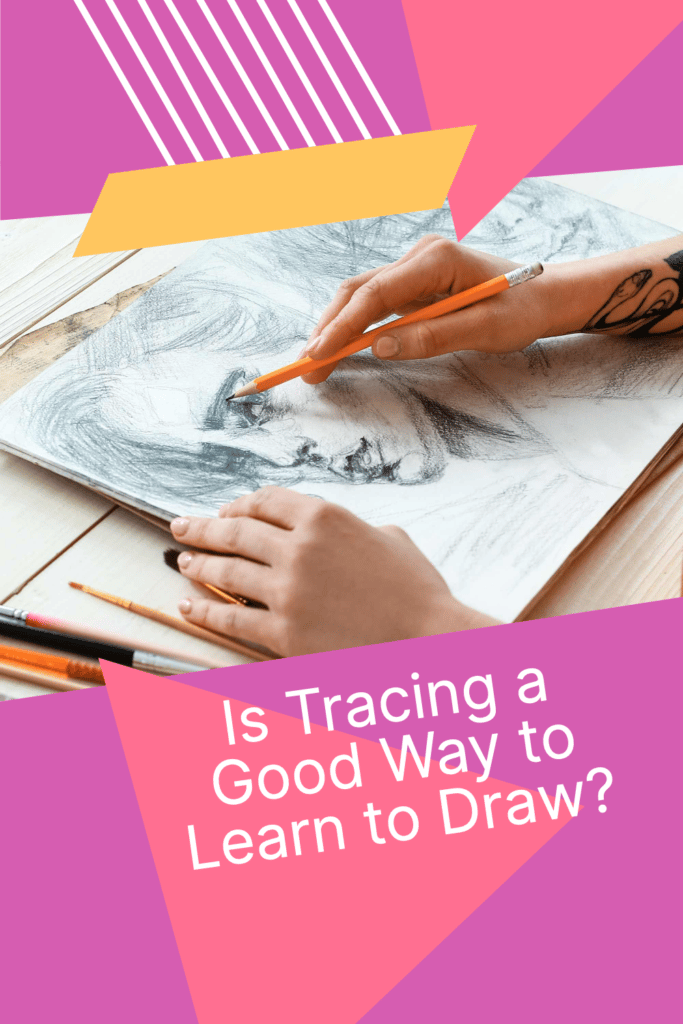
Tips for Improving Your Tracing Skills
Anyone can improve their tracing skills with a little bit of practice.
Here are a few tips to get you started:
- Use light pressure when you trace. This will help you see the lines you’re tracing more clearly.
- Try to use consistent pressure when you trace. This will help you create even, clean lines.
- Go slowly. It’s better to trace slowly and deliberately than it is to try to trace quickly and make mistakes.
- Use a sharp pencil or pen. This will help you create crisp, clear lines.
- Use a stable and smooth drawing surface.
- Experiment with different types of paper. Some papers are more suitable for tracing than others. You may find that you prefer tracing on smooth, heavy paper rather than on thin, delicate paper.
- Practice regularly. The more you practice, the better your tracing skills will become.
How can I improve my drawing skills?
One of the best ways to improve your drawing skills is to practice regularly.
You can gradually sharpen your pencil and learn new techniques by setting aside some time each day to draw.
Another way to improve your skills is to take a class or watch tutorials online. Many professional artists are happy to share their knowledge and can help you develop your own style.
Finally, don’t be afraid to experiment and make mistakes. The more you practice, the better you’ll become at drawing the subjects that interest you the most.
So get out your sketchpad and begin your journey toward becoming a master artist today!
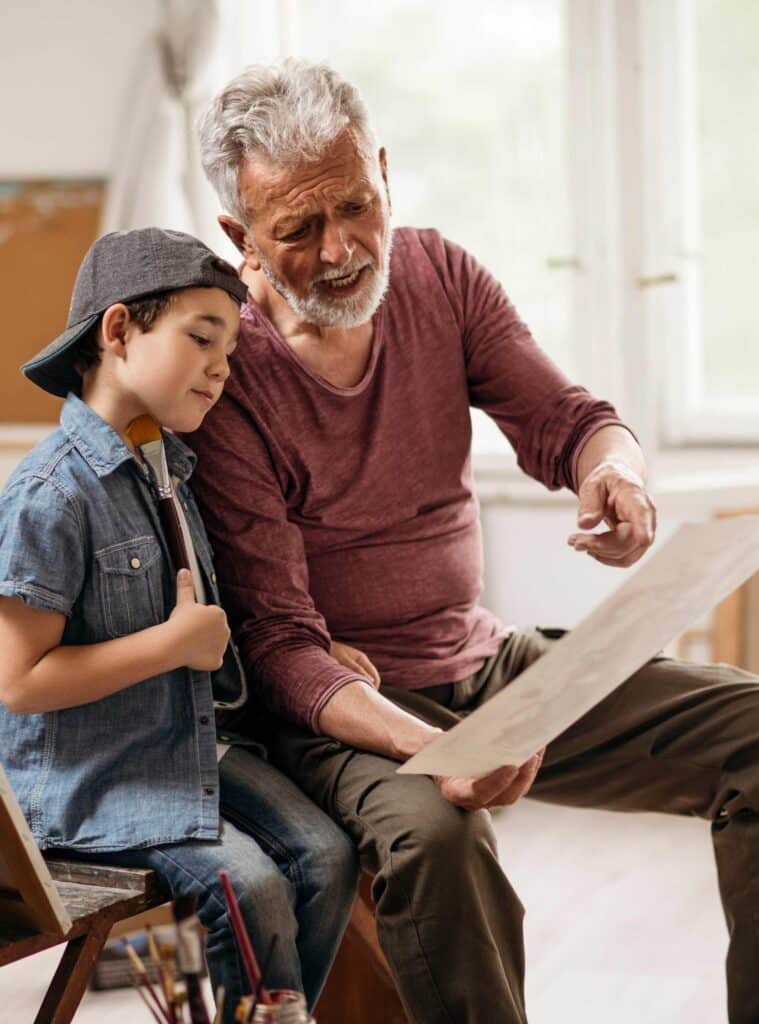
Frequently Asked Questions about Tracing…
What is tracing drawing?
Tracing is a drawing technique in which an artist uses translucent paper to copy or trace images from other sources. It can be used to replicate complex artwork or to create detailed and realistic illustrations.
Does tracing help learning?
Yes, tracing can be a helpful learning tool. It can help beginners gain confidence, practice their skills, and assist more experienced artists with replicating complex illustrations.
What does tracing improve?
Tracing can improve an artist’s hand-eye coordination, fine motor skills, and understanding of line and form. It can also help develop the ability to reproduce detailed images accurately.
Is tracing cheating in drawing?
No, it isn’t cheating. Tracing is a legitimate drawing technique used to replicate artwork or practice and improve skills. Many experienced artists use tracing as part of their creative process. However, artists should not copy someone else’s art and then claim that it is their own.
Can you improve art by tracing?
Yes, tracing can help improve an artist’s skills. It can be used to practice hand-eye coordination and understand line and form more deeply. Tracing can also help an artist create detailed illustrations quickly and accurately.
How do you draw without tracing paper?
You can use a lightbox. This allows light to shine through standard drawing paper for you to see the outline of the shapes you need to trace.
Is it okay to trace as a beginner?
Yes, tracing is a great way for beginners to gain confidence and practice their skills. However, it’s important to remember that tracing should not be used as a substitute for learning how to draw from scratch. As your skills improve, you should gradually move on from tracing and focus more on freestyle drawing.
How do you practice drawing by tracing?
To practice drawing by tracing, you should start with simple outlines and shapes. You can then move on to more complex forms and images. Make sure to use consistent pressure when tracing and to take your time. It’s better to trace slowly and deliberately than it is to try to trace quickly and make mistakes. Finally, don’t be afraid to experiment and try different styles and techniques. This is the best way to improve your tracing skills over time.
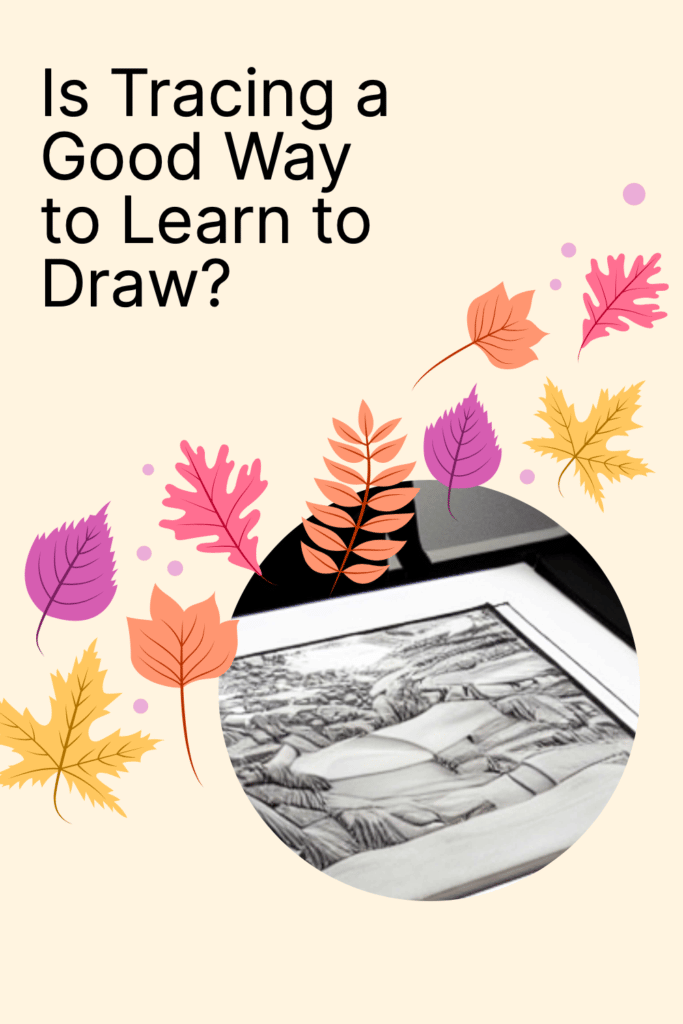
Conclusion
Is tracing a good way to learn to draw? Tracing is a great way to gain confidence, practice your skills, and even create detailed illustrations.
With practice and experimentation, you can use tracing to improve your hand-eye coordination, fine motor skills, and understanding of line and form.
Just remember not to copy other people’s artwork and claim it as your own. Also, make sure to focus on life drawing and observational drawing to improve your drawing skills. This will help develop your own style as you progress.
Happy drawing!
11 Ways to Improve Your Drawing
Looking for a Drawing Kit? 11 Top Drawing Kits & What you Need to Consider Before Buying One.
How to Get Ideas for Drawing: 31 Ways to Find Unique Ideas
21 Action Poses for Dynamic Figure Drawing
How to Do a Realistic Sunflower Pencil Drawing
Looking for things to draw on your hand? 50 Easy drawing ideas
How to Draw a Lily | Easy Lily Flower Drawing Tutorial
17 Anime Couple Poses: Get your Manga Drawing up to scratch!
The Best Paper for Ink Drawing: 10 Sheets That Work Wonders
18 Texture Drawing Examples to Help You Get Inspired: How to Draw Texture
How to Store Drawings: Tips & Tricks for Keeping Your Artwork Safe
